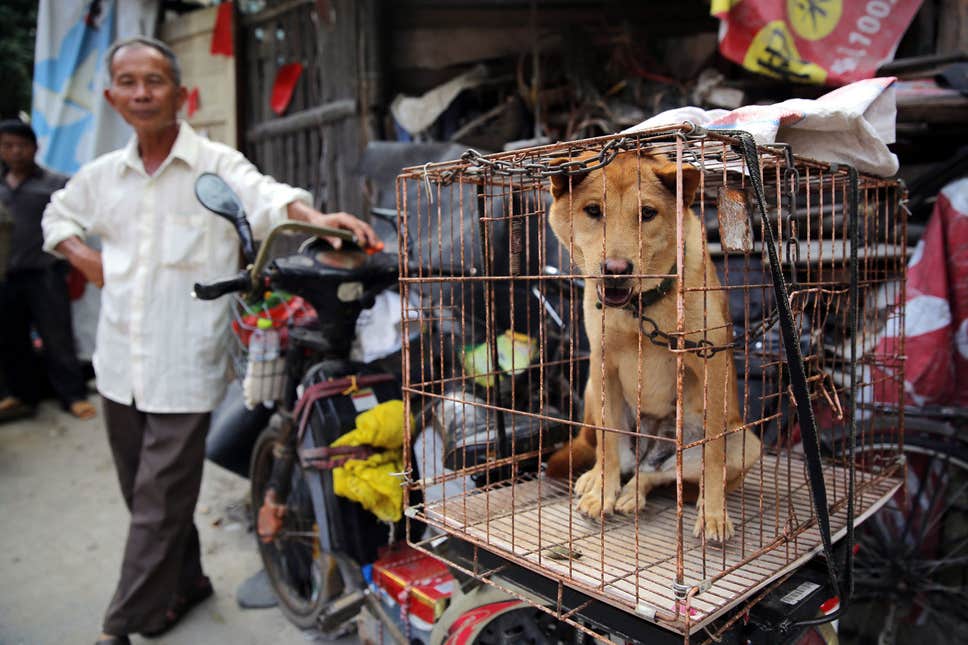Kuora: Misconceptions about the Chinese and dog meat

The southern Chinese city of Yulin in Guangxi Province holds an annual dog meat festival called the Lychee and Dog Meat Festival, which begins on June 21. This week’s column, on the subject of dog meat, comes from one of Kaiser’s recent answers originally posted to Quora on September 2, 2011.
How common is the eating of dog meat in China?
Eating of dogs in China is regionally dependent. It’s not uncommon in the Northeastern Provinces (Heilongjiang, Jilin, and Liaoning — once collectively known as Manchuria, though ironically, eating dog meat among ethnic Manchurians is taboo). It’s not altogether uncommon in Sichuan in west central China, or among the Korean minority nationality wherever they’re found in China. And it’s not uncommon in Guangdong province, where the people are famously omnivorous and cats, rats, pangolins, and other animals not regarded as proper food by many westerners are consumed.
It also seems to be gender weighted. I have very few male friends in Beijing who have not at least tried dog meat, and I can think of at least a half-dozen who profess to love it and are constantly suggesting it when we go out. But admittedly, many of my guy friends have a macho image to keep up! I know no women in China who aren’t at least mildly disgusted by the thought of eating dog.
For much of Chinese history, dogs — the first domesticated animal in China, along with pigs — were a major source of animal protein. From Wikipedia:
The ancient word for dog meat was ran (肰). Indeed, it was so common that the Old Chinese character meaning “to burn” or “to roast” showed dog meat on top of a fire (然).
Keeping dogs as pets dates quite far back; they were used in sacrificial rites in the very early dynasties (Shang, Zhou). The court of the Qing Dynasty (Manchu, and therefore not apt to eat them!) bred the Pekinese, of course. It’s not a “new concept.”
Kuora is a weekly column.






